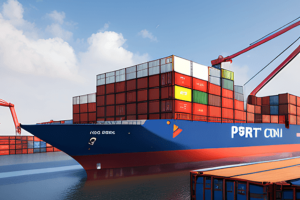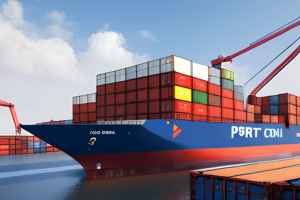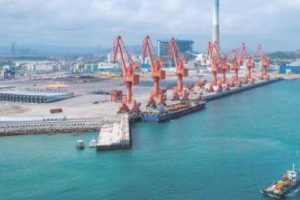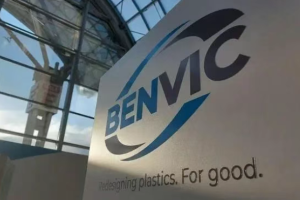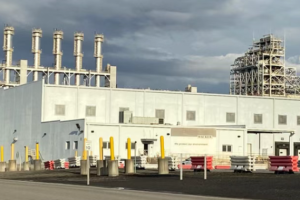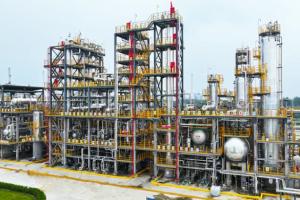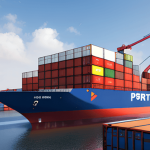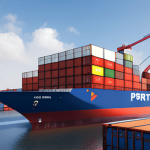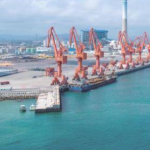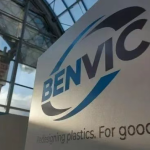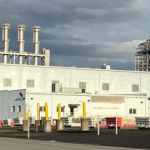June 4, 2025 – The global plastics industry is undergoing an unprecedented green revolution, with biodegradable plastics transitioning from laboratory concepts to large-scale applications as a pivotal solution to combat “white pollution.” Latest figures show the global biodegradable plastics market surpassed $13 billion in 2024, with China leading worldwide production at 1.96 million metric tons annually.

Agriculture has emerged as a frontier for biodegradable plastic adoption. In Xinjiang’s cotton fields, the introduction of PBAT biodegradable mulch films has not only addressed residual plastic issues from traditional films but also increased cotton yields by 15%. Similar technologies have been rolled out across over ten provinces including Gansu and Yunnan, covering demonstration areas exceeding 100,000 mu. In Shandong’s Shouguang vegetable greenhouses, innovative biodegradable anti-fog films—designed to break down into soil nutrients—are replacing conventional plastics, enhancing sustainability in crop cultivation.
Technological breakthroughs are fueling industry growth. In 2024, the Shenzhen Institute of Advanced Technology developed “living plastic” technology, using gene-edited microbes to achieve complete degradation within 30 days. South China University’s DACNF-ESO bio-based plastic combines high strength (41MPa tensile strength) with degradability, outperforming traditional polyethylene. Meanwhile, Bluepha Inc. has commercialized PHA materials via synthetic biology, securing food-contact certifications in China, the U.S., and Europe.
However, the industry faces significant hurdles: high production costs, performance gaps compared to traditional plastics, and fragmented standards. A National Development and Reform Commission pilot report highlights inconsistent testing criteria across provinces, recommending a “pure resin white list” certification system. Market surveys reveal over 60% of consumers doubt product durability and environmental claims.
Policy support and public engagement will be critical to overcoming these challenges. Hainan’s plastic restriction pilot has boosted alternative product adoption to 65%, while Hangzhou’s “green account” initiative has raised recycling rates to 75%. Experts emphasize that when technological innovation, policy frameworks, and consumer awareness align, the vision of a “plastic-neutral world” could accelerate rapidly.
This plastics revolution extends beyond industrial transformation—it represents a fundamental shift in lifestyle. From farmlands to urban supermarkets, and from daily commodities to high-tech applications, biodegradable plastics are reshaping humanity’s relationship with plastic, turning once-harmful “white pollution” into active participants in the planet’s carbon cycle.

